Rain, lots of it, made for a wet and gray day. We ducked into a little shopping center just before the main highway, where we saw this sign for Takee Outee, as well as a grocery store AND a fabric shop. Then we traveled down the highway for a an hour or so, until we came to the end of Nova Scotia. We traveled north through New Brunswick and then to the bridge over the Northumberland Strait.
I had wanted to see what the Confederation Bridge–all eight miles of it–looked like as we crossed. This is about all I saw: taillights of the car in front of us and gray falling drippy rain.
Here’s two photos from the web, that show what I was supposed to see:
They charge a two-axle car about $40 in tolls–but only when you leave. We paid ours in our ferry passage ticket the next morning. While I can see the need to help pay for public works, I think in the end, this toll acts as sort of a cinched-up rubber band on the economy of Prince Edward Island (PEI): who wants to go there for a weekend, or even a little afternoon shopping trip with a toll like that? However, if the citizens of PEI wanted to keep their island sequestered and free from intrusion from Too Many People, I think they’ve succeeded.
We stopped at the well-developed-for-busses-from-Asia Tourist Information Center, complete with little shops, all hawking Anne merchandise, and we’re barely a 1/4 mile onto the island. The tourist lady got out her requisite orange marker (what is it with Tourist People and writing all over maps?) and drew the line from her place to Anne of Green Gables’ place.
So we headed out into the rain, stopping only to photograph lupine, in their purple, pink, white and violet hues alongside most roadways, and stop for gas.
We stopped for lunch in New Glasgow–just off Routes 2 and 11, where the 258 intersects, just in case you want a good lunch with a beautiful view. We were treated to our first real taste of nice Canadians with the young server so helpful, although my lobster roll came out on a toasted bun (not requested) but it was still good.
We posed outside; however, I think real bagpipers wouldn’t have umbrellas.
Sometimes when I travel, it reminds of of many things I meant to be, but just haven’t become–like a gardener. I meant to be a good gardener at home, but I doubt I’ll ever grown such luscious roses, dripping over a split rail fence.
I think the fact that our weather here never sees rain like this may have something to do with it, but a lot of it is just getting down into the dirt. Note to self: start a compost pile. Plant roses. Build a split rail fence. Become a gardener. Give up something in order to have the time to garden (like blogging?)
Another note to self: buy a house with a meandering river and an old church in the backyard.
And get these guys for neighbors. I like how they converted a church into a house. Killer front room window, eh? (That’s also Canadian–saying “eh?” after everything.)
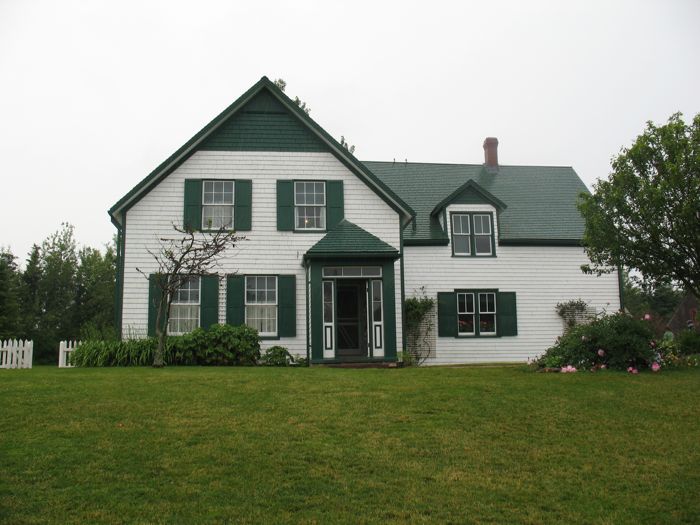
Mecca. We have arrived at Green Gables.
It’s a lovely frame house and the grounds, barns and house are maintained by the National Parks Service, which makes it authentic and free from advertising (unlike the faux “Avonlea” next door). But I did find it interesting how firmly the fiction of the Anne of Green Gables books had taken root in visitors’ minds, with comments such as “Oh, this is where Matthew slept. You know he couldn’t climb stairs.” and “This must be Anne’s room.” and “Where’s the little cupboard that held the raspberry cordial?” The author of the Anne of Green Gable books, Lucy Maud Montgomery, actually never lived here. She was raised by her grandparents; her grandfather’s cousins (David and Margaret Macneil) lived in this house. She did visit a lot, and Cavendish, this small town on the north side of Prince Edward Island that overlooks the Gulf of St. Lawrence was certainly her home. We didn’t visit her REAL home, the grandparents homestead, most likely because it was raining, raining, raining.
I thought the Park Service had done a great job, in recreating the feeling of an early 1900’s home.
I liked the use of quilts. (See my post here for more about quilts in Canada.)
I think I liked this shot not only for the little black woven-seat chair (which reminds me of my dad), but also because the geraniums remind me of my mother, who had a line-up of these plants in her kitchen window, as it was an annual Mother’s Day gift. (We grew up with a farmhouse kitchen in our home, complete with coal-burning stove.)
The hooked rug in the sewing room is a traditional craft for this area, with rugs this size going for $800 and more. We saw a lot more on Cape Breton.
Grey skies do make for soft lighting on red-floored hallway landings.
I wish screened doors like this were still around, but I can enjoy the look of it here. We headed out into the gardens, umbrellas aloft.
The path over the bridge is so water-logged it needs its own bridge.
I laughed when I saw this, as I had just watched the second series and in that, Anne chases the Jersey cow all around a cabbage patch, finally selling it off to Gilbert’s father on his way to market. Oops. She sold the wrong cow, and had to pay $50 to reimburse their neighbor Rachel for the cow.
Another friend who had gone to Green Gables the previous month told me that this site is really popular with Japanese tourists, as they study the book in their classes. Some Japanese brides even travel here to be married. Right as we were leaving, a large bus pulled up with an Asian tour guide. We did head next door to “Avonlea,” but after seeing the welcoming statue of “Anne” cast in resin, painted garishly (Made in China?) we passed.
We also realized we had Far to Go to get across the island so we headed out along the coastal route 6, happy when the rain would let up and we’d get a bit of sunshine. On one such moment we decided to see our first lighthouse in North Rustica Harbour, as well as the neighboring buildings.
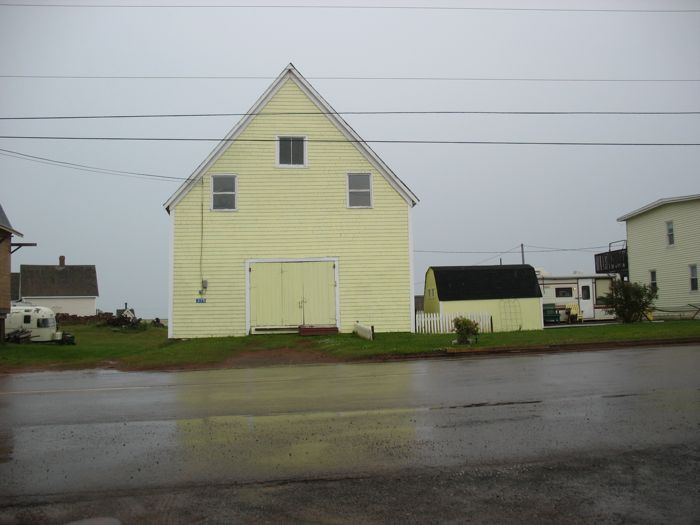
Nearly perfectly colored yellow house against a nearly perfectly colored gray sky.
Head to a later post about the lighthouses we saw–and the ones we glimpsed from across the water.
We stopped at a gift shop selling PEI pottery and woodworking items, but I was more entranced with the lupine in the front gardens.
One interesting thing about these flowers is their supple stems, curving to the left, and then to right. I actually saw some lupine seeds for sale in one of the gift shops, but realized that they’d never grow in our semi-arid desert city. So many of the flowers we saw here I loved (oh, the peonies!), but realized they needed this type of climate to thrive, survive.
On the way to Georgetown, we saw this lone tree in a green field. It reminded us of England’s Yorkshire region.
We made it to Georgetown, which on the tourist map is printed in bold letters, indicating a major town. If this is a major town, I don’t think I’ll find much at the other non-bolded towns. We drove the six blocks of this place, and couldn’t figure out where our bed and breakfast was. So we drove back through. Repeat, but this time, take a wild turn because on one of the tourist maps, we see what we think is the street name and yes, after driving a mile or so, it is. The night is falling, so it’s more gray than ever. We drive down the driveway to where we’d booked our night’s lodging, but we both kind of felt like, this is it? It was lovely on a tree-filled property, but something about it kind of said: depressed. This was the one lodging that we’d had to pay in advance, otherwise I’m sure we would have backed out of the driveway and looked for something else. Only, having just driven through Georgetown, we knew there wasn’t anything else (or at least that we could see).
Dave figured out later that we were the only paying guests that they had booked that week. It was called the Romany Rest, and the innkeepers were British, but having grown tired of the rat race in Britain, they immigrated to Canada to run a bed and breakfast (sound familiar?). They also wanted more property, and had already purchased 25 acres on the west side of the island, but they couldn’t sell this place in order to head over there (we did notice the real estate sign as we drove in–there were a LOT of real estate signs everywhere around here).
Our bedroom was mostly lovely, but exceedingly stuffed with stuff. Stuff on the nightstands, in the bathroom, on the chairs and dresser, stuff on the beds. Note to innkeepers: leave room for the tourist’s stuff.
Dinner? Back to Georgetown, to a place called Clam Diggers. Depressed. The restaurant was sparsely populated, food was okay, but overpriced. We began to wonder what the deal was with PEI at this point. Admittedly we’d stumbled out past civilization (we realized we should have booked in Charlottetown), but everything felt like a mining town just after the mine owners had shut down the mines. Very little commerce, no traffic, no shops open even when we’d come through earlier in the evening, just a place with no economic action. While the areas around Green Gables were flourishing apparently because of large busloads of Japanese and American tourists, that bounty was not reaching past the Green Gables epicenter.
After dinner we stopped at the only store we saw in order to satisfy my chocolate craving. It would remain unsatisfied, as the store was also “depressed.” Half the refrigeration cases were either broken or they had no reason to fill them up, the area near the register had the usual assortment of pre-packed boxes of candy and trinkets, and the rest was sparsely filled.
Back to our Bed and Breakfast to try and make a go of it. The bed was good, the pillows were mediocre (funny how much you can miss that old pillow at home when you’re traveling), the room stuffy and the hallway light was brightly lit all night. I was happy to get up and get down to breakfast the next morning, but first I had to face the old-fashioned shower, with its three shower curtains.
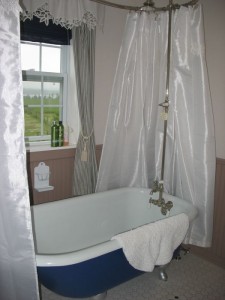
While there was nothing I could put my finger on, I just felt like I was in a depressed house, with a depressed host (confirmed at breakfast, although she was really nice), in a depressed part of PEI. No wonder they’re giving preferential immigration status to those who will move here and build up the economy (which is why these folks bought the place). But now these folks wanted to go “back to the land” and live “green” with a wood-burning stove (we heard all about it at breakfast) in a small place with lots of acreage.
When I purchased the ferry tickets online the night before (her suggestion and very nice of her to let me use her printer and computer), I opted for a 9:30 a.m. sailing. Dave wondered if we shouldn’t go later, but in the end, he was also glad to get off the island.
Prince Edward Island–a place I’d heard about all my life, read about, and now I wanted to go nearly as soon as I’d arrived. It was a curious feeling, and I felt bad about it. But in spite of Green Gables’ charm, the lovely scenery and beautiful gardens, I was ready to go back to the “mainland”–back to Nova Scotia.
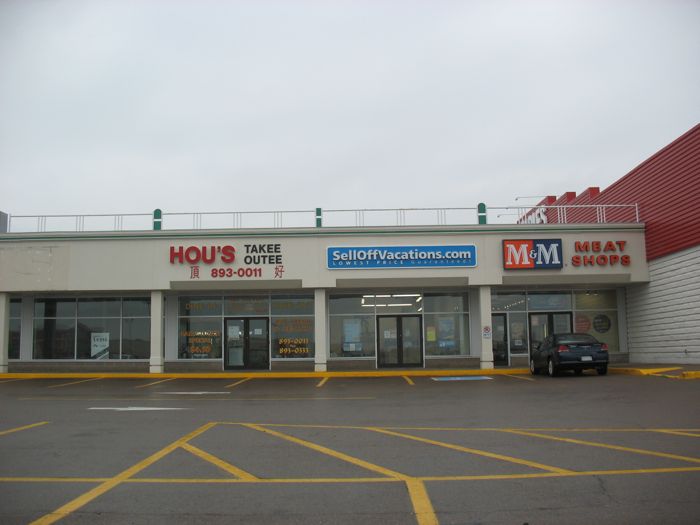
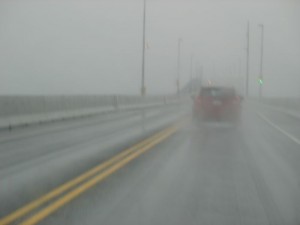
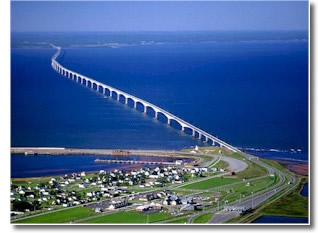
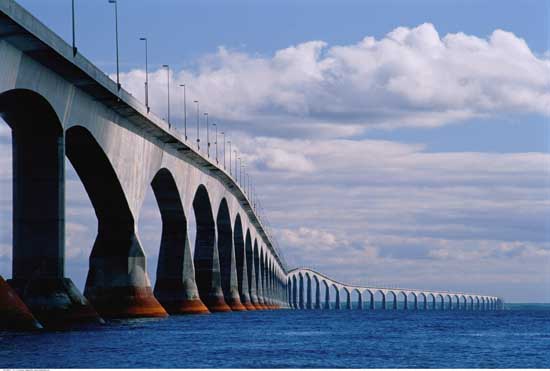
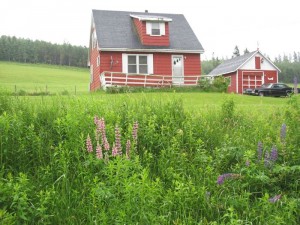
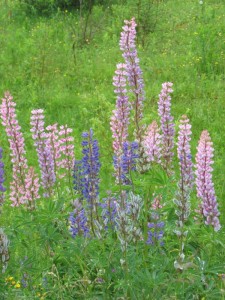
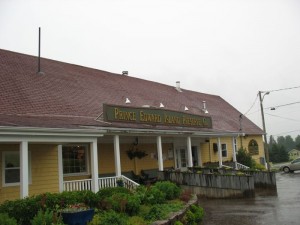
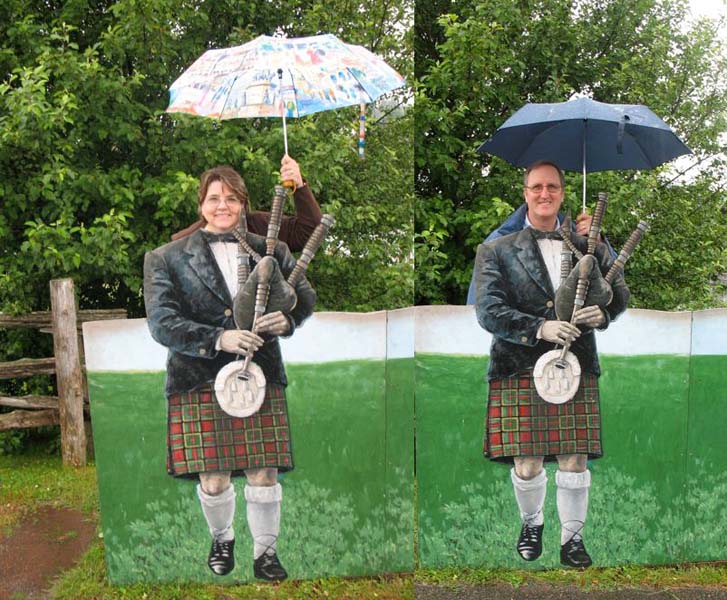
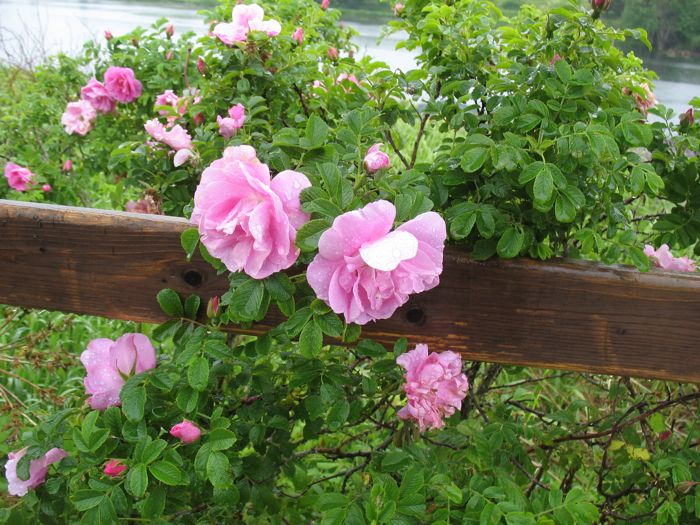
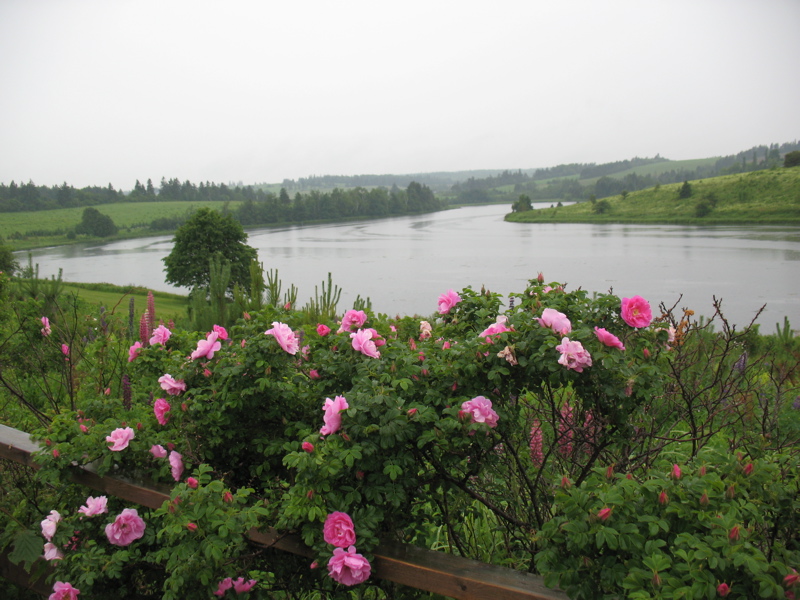
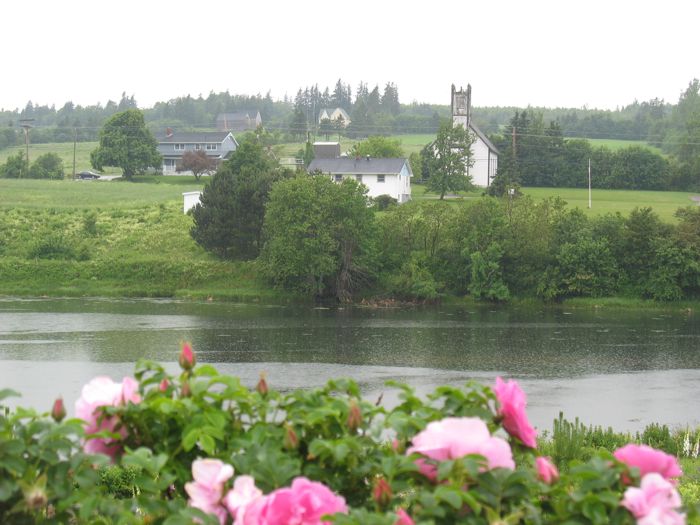
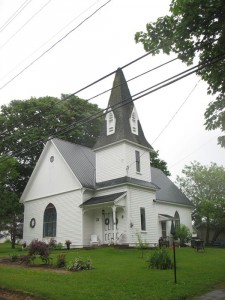
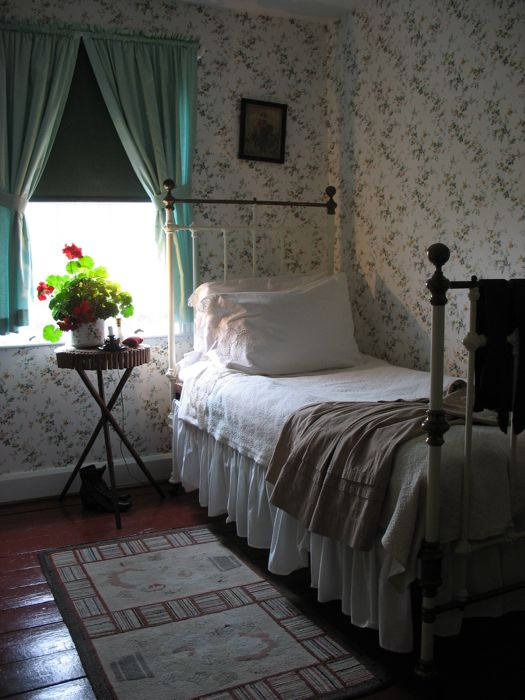
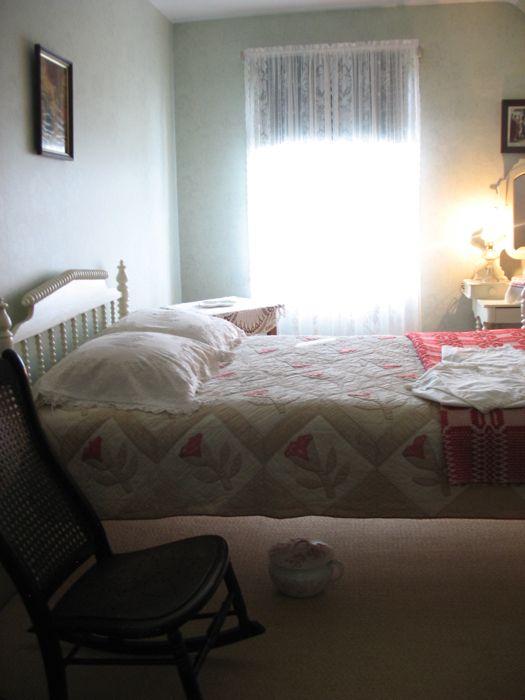
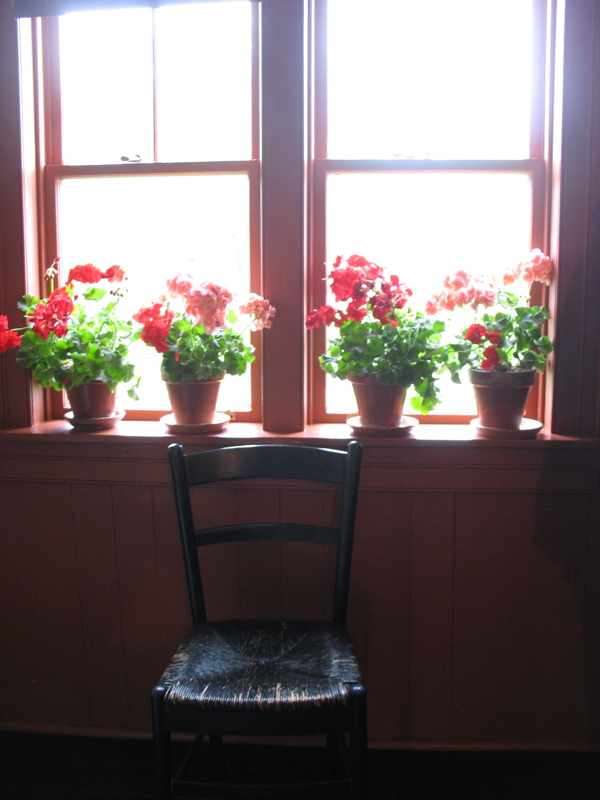
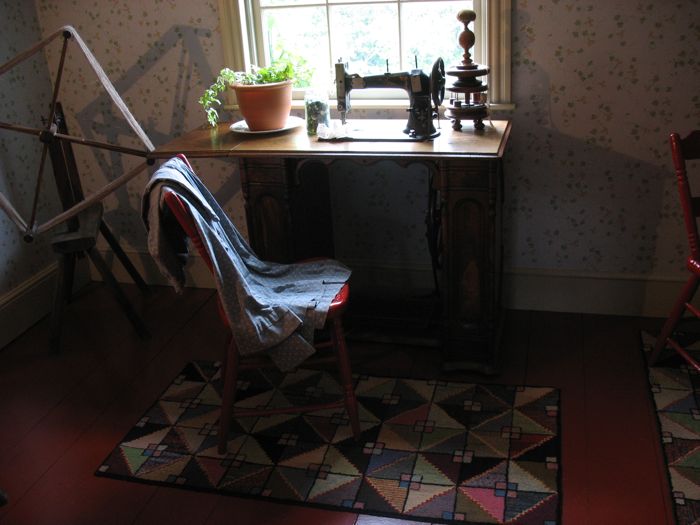
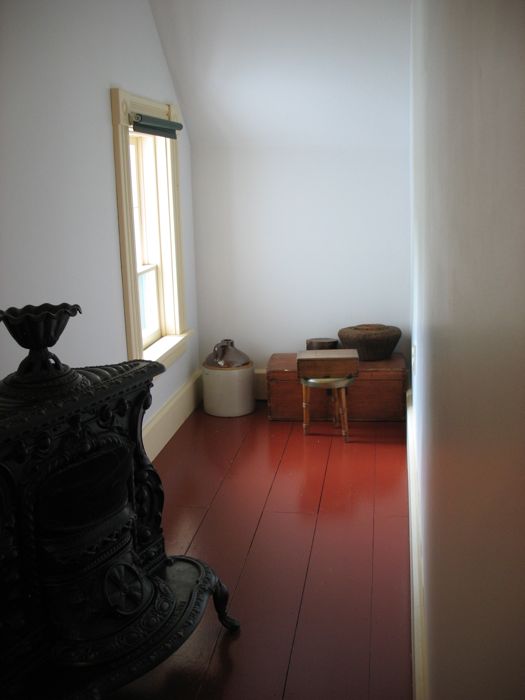
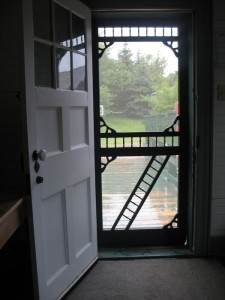
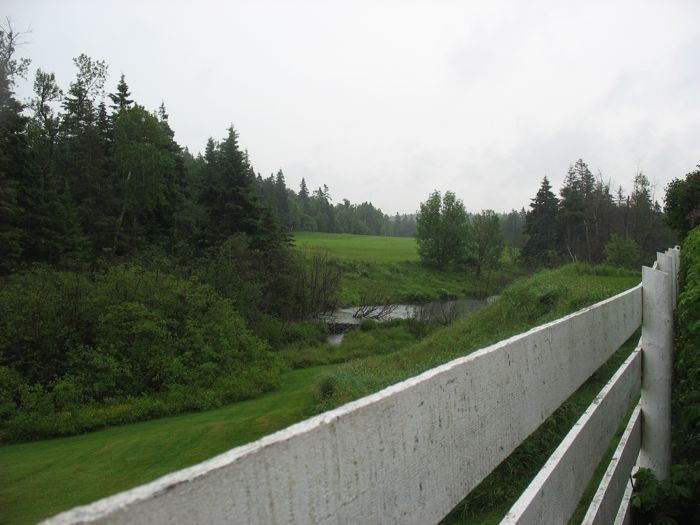
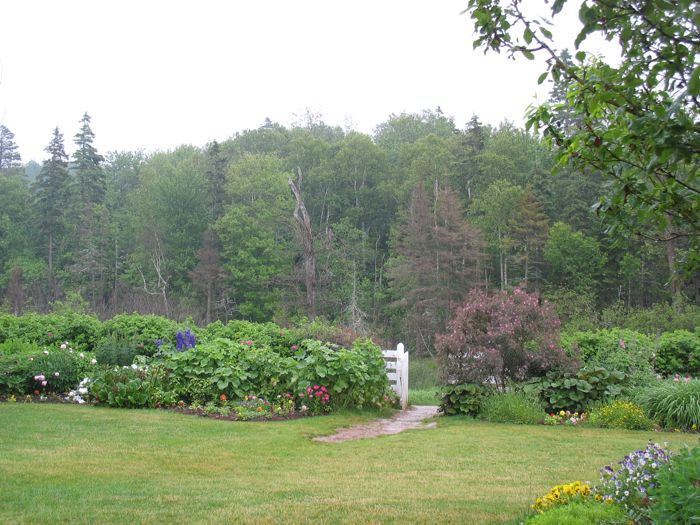
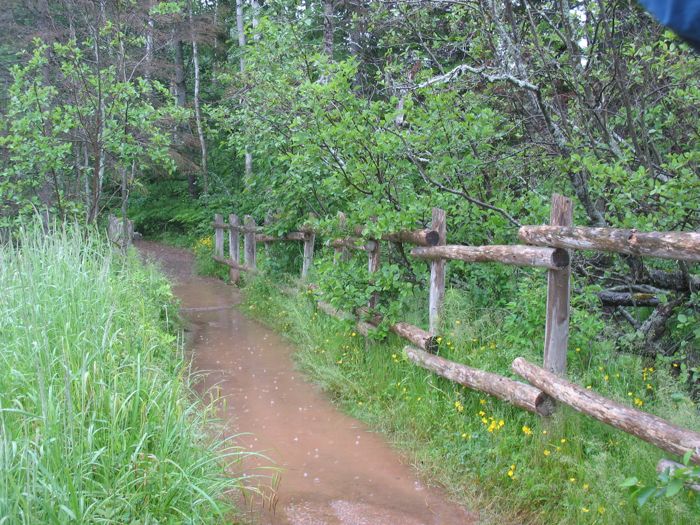
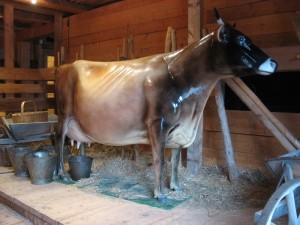
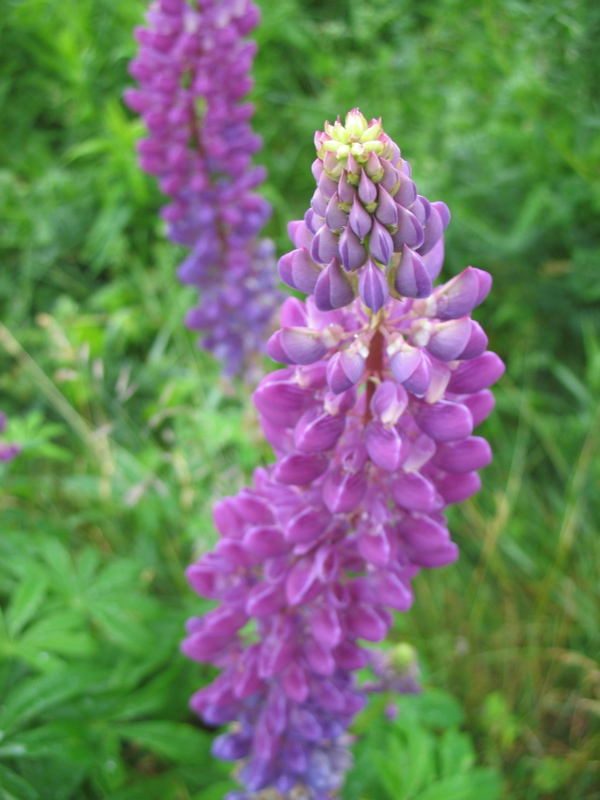
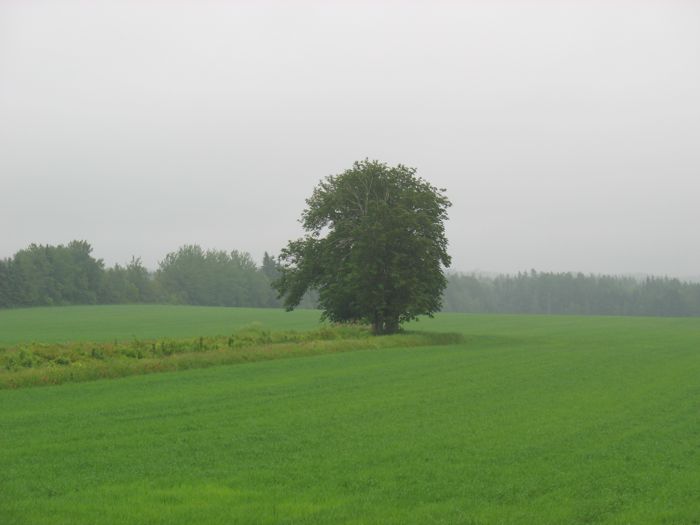
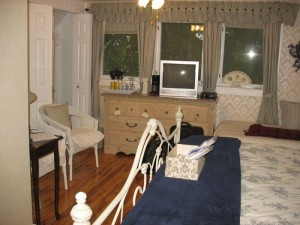
I’m a sucker for flowers. Beautiful.
Could be all that rain is part of the depression factor. I know too many folks with long faces around here because of our record breaking rain this past winter and spring. Two days of sunshine followed by rain and those long faces are back. The flowers and the greens are really lovely though.
Pingback: Saved – a day in the garden « lining up my words